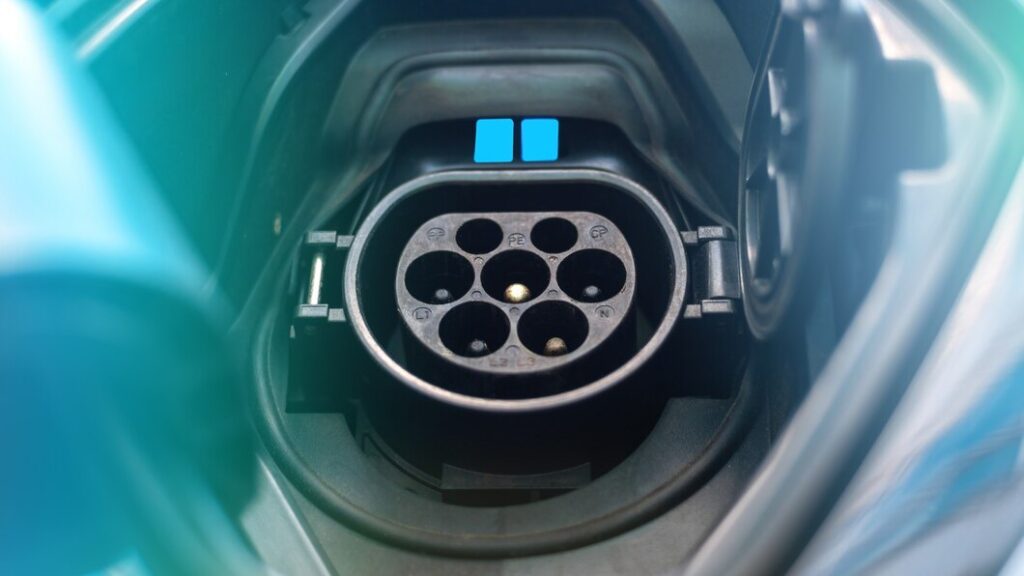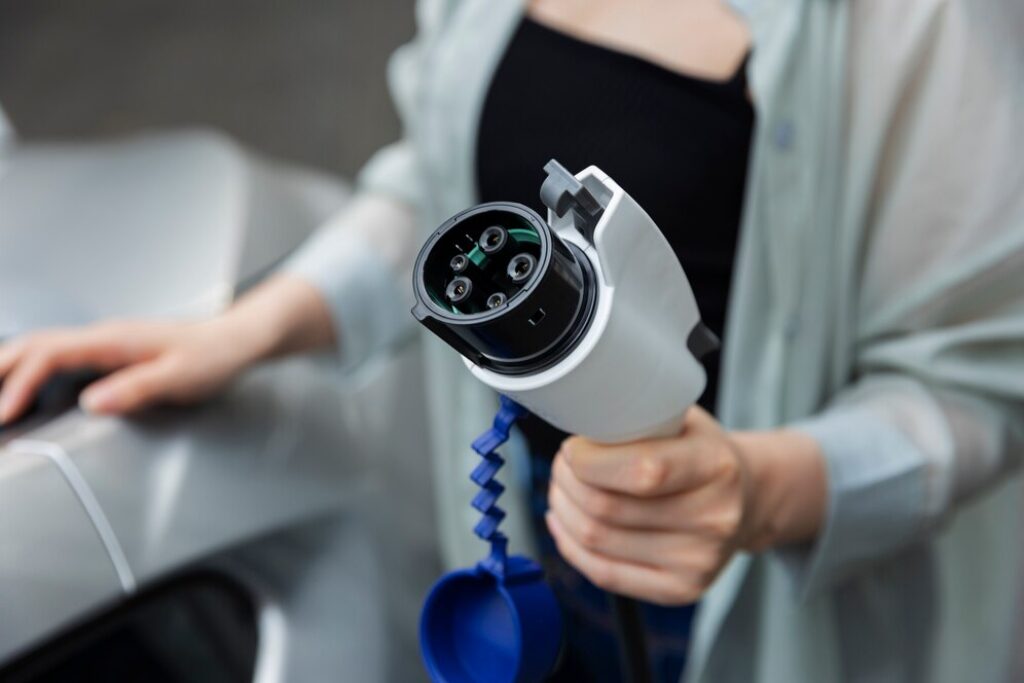
Imagine pulling into a gas station, and instead of a pump, you see a variety of plugs.
That’s right! Electric vehicles are becoming increasingly popular, and a key element of their widespread adoption is a robust charging infrastructure.
This infrastructure relies on specialized electronic parts called “connectors” to effectively transfer electricity between charging stations and electric cars. This article will examine various types of automotive electronic connectors used in electric vehicle charging infrastructure.
From waterproofing to reliability in harsh environments, read on to learn more about the different standards for automotive connectors.
What are Automotive Connectors?
Automotive connectors are specialized electric interfaces that enable the safe and efficient transfer of electric current between electric vehicles (EVs) and charging stations. These connectors function similarly to gas pump nozzles in traditional vehicles but cater specifically to the electrical needs of EVs.
The automotive connectors produced by different manufacturers vary in shape and functionality. Considering the harsh circumstances under which these devices operate, they have to be tough and reliable. They should ideally have excellent moisture and dust sealing.
Types of Electric Vehicle Connectors

Not all electric vehicles are created equal; the same goes for charging connectors. While the core function remains the same – transferring electricity – various connector standards have emerged globally. Understanding these different types is crucial for ensuring compatibility between your electric car and available charging stations.
Given below are the common types of EV connectors:
Type 1 (SAE J1772)
SAE International established the SAE J1772, also referred to as type 1 or J-Plug. Type 1 is most commonly used in two specific regions of the world: North America and Japan. The SAE J1772 has two main application levels: level 1, which is for AC charging, and level 2, for AC fast charging.
Given below are the characteristics of type 1:
- Five-Pin Design: Facilitates AC power delivery and communication between the charger and the vehicle.
- Power Transfer: It supports AC charging up to 80 amps and 240 volts, with a maximum power output of 19.2 KW.
Type 2 (IEC 62196)
Type 2 connectors are the second on our list. The International Electrotechnical Commission creates them. The IEC 62196 is most commonly used in all of Europe and some parts of Asia. Like type 1, type 2 also offers two application levels: AC charging for level 1 and AC fast charging for level 2.
Here are the characteristics of Type 2 (IEC 62196).
- Seven-Pin Design: Like type 1, type 2 provides AC power delivery and communication between the vehicle and the charger. However, the additional pins offer higher current capabilities.
- Power Transfer: Type 2 supports AC charging up to 63 amps (single-phase) and 70 amps (three-phase) and a voltage of 480 volts. It offers a maximum power output of 22 KW for single-phase and 43.5 KW for three-phase power.
CHAdeMO
Next up, we have a connector different from those of types 1 and 2. CHAdeMO was established in Japan through a collaboration of Japanese companies.
The main difference between CHAdeMo and the previous two electronic parts is that CHAdeMO offers fast DC charging for electric vehicles. It is primarily used in Japan but also in some parts of Europe.
Let’s look at it in detail:
- Unique Design: has a large connector with separate pins for high-voltage DC power delivery and control signals.
- Power Transfer: DC fast charging with a maximum voltage of 500 volts and current up to 400 amps, ensuring faster charging than AC equipment.
CCS (Combo Charging System)
Last but not least, we have the CCS (Combo Charging System). This advanced equipment offers a hybrid system that enables both AC and DC charging through a single connector. The European Automobile Manufacturers’ Association (ACEA) and SAE International (US) worked together to design and develop this product. It is arguably the most widely used connector, ranging across the globe from Asia to Europe to North America.
- Two Connector Variants: CCS1 is primarily used in North America and is quite similar to Type 1 with additional DC pins. The CSS2 is prevalent across Europe and is based on the type 2 connector with DC pins included.
- Power Transfer: 500 volts at maximum with currents of 500 amps, ensuring the fastest charging among all the connectors.
Why Choose a Waterproof Connector?

EV charging connectors are often exposed to rain and other harsh environmental conditions. Water can easily cause sensitive electronic parts to short circuit, posing health and safety risks or damaging the equipment.
Worry not! There are several connectors available on the market that have waterproofing qualities.
The waterproofing measures used by manufacturers include the following:
- Seals and Gaskets: You can find connectors with silicone and rubber seals around housings and contact points.
- Drainage Channels: Designed in a way to drain all the water that may make its way into the connector.
- Material Selection: Stainless steel and some types of plastic materials are durable and corrosion-resistant, ensuring waterproofing.
- IP Ratings: A connector’s Ingress Protection rating is based on the level of protection it offers against dust and water.
How to use a waterproof connector?
Here is a step-by-step guide to using a waterproof connector:
- Choose the right waterproofing connector.
- Prepare the cables by stripping their ends off and ensuring there is no debris or oxidation.
- Prepare the connector following the manufacturer’s instructions
- Insert and secure the wires
- Apply sealant around the cable entry points, creating a barrier against moisture and water.
- Tests use the connector to check whether it is performing properly.
Final Thoughts
Automotive electric vehicle connectors are electronic parts that interface vehicles with the charging infrastructure. Due to the increasing number of electric vehicles, there is a growing need for people to learn about this equipment.
These connectors have several different types and standards, each ensuring different specifications depending on the vehicle’s compatibility.
Last but not least, despite these connectors’ challenging conditions—rain, extreme heat, and physical strain—they are remarkably dependable. If you are looking for automotive connectors, feel free to contact us today.
Read Also:






